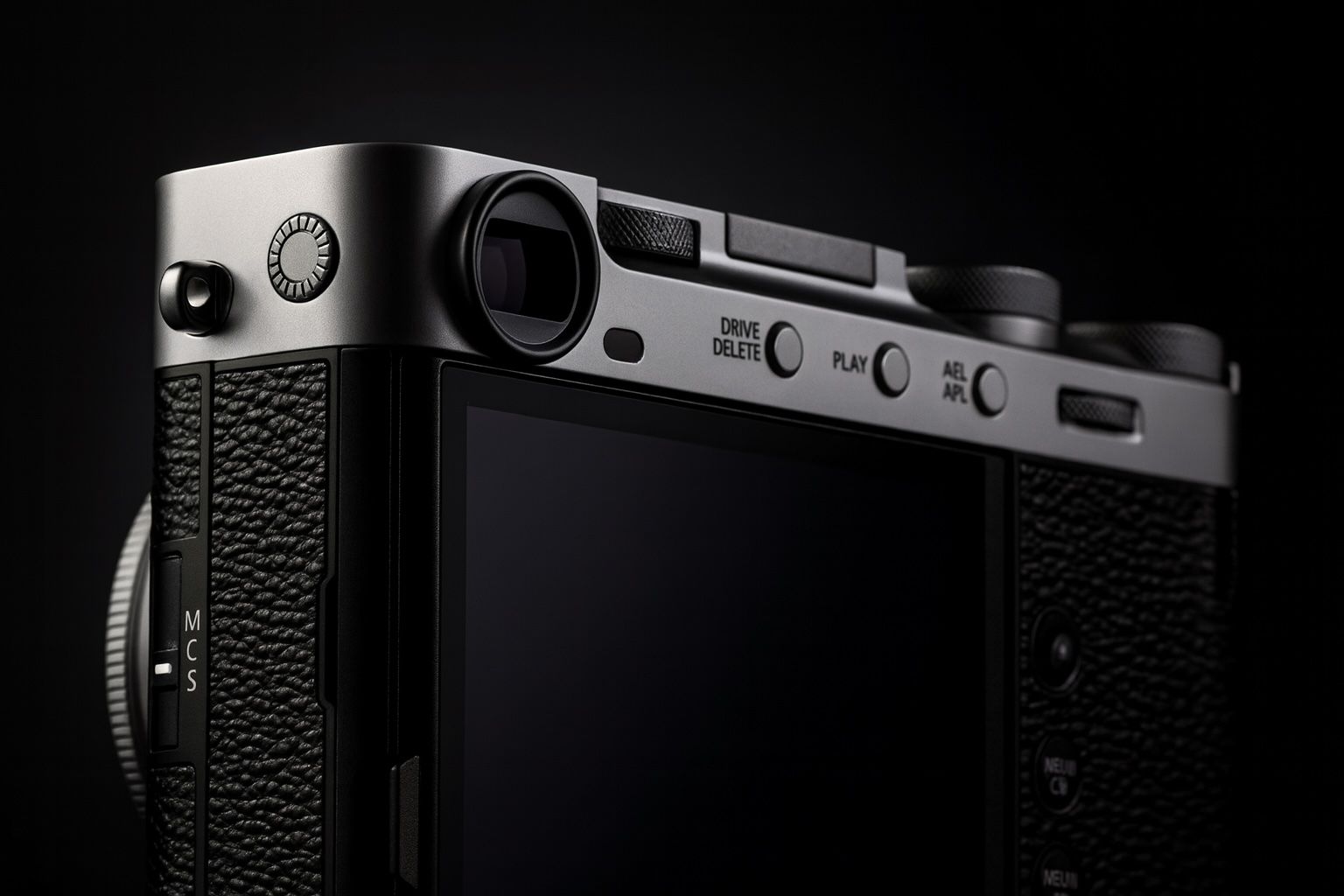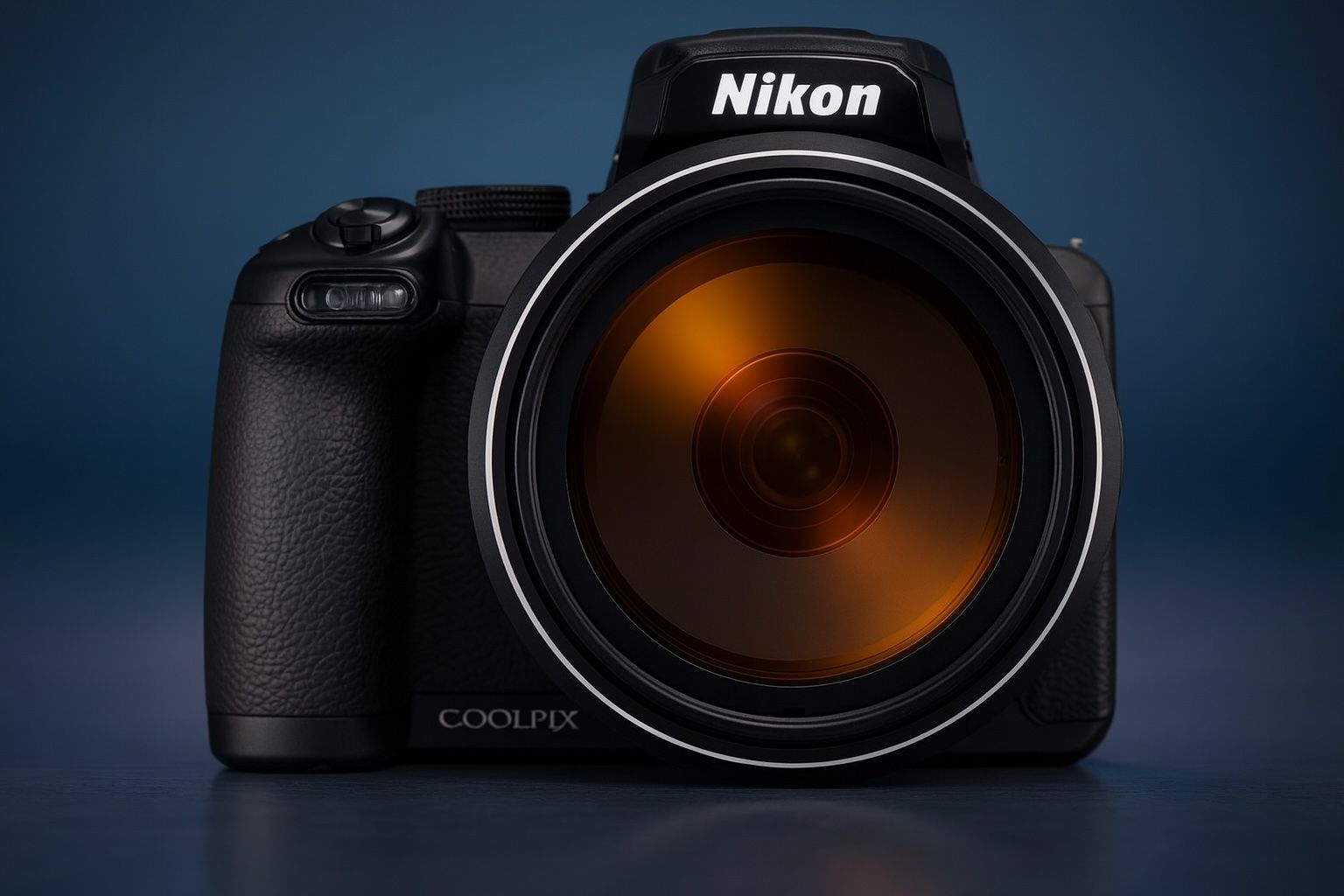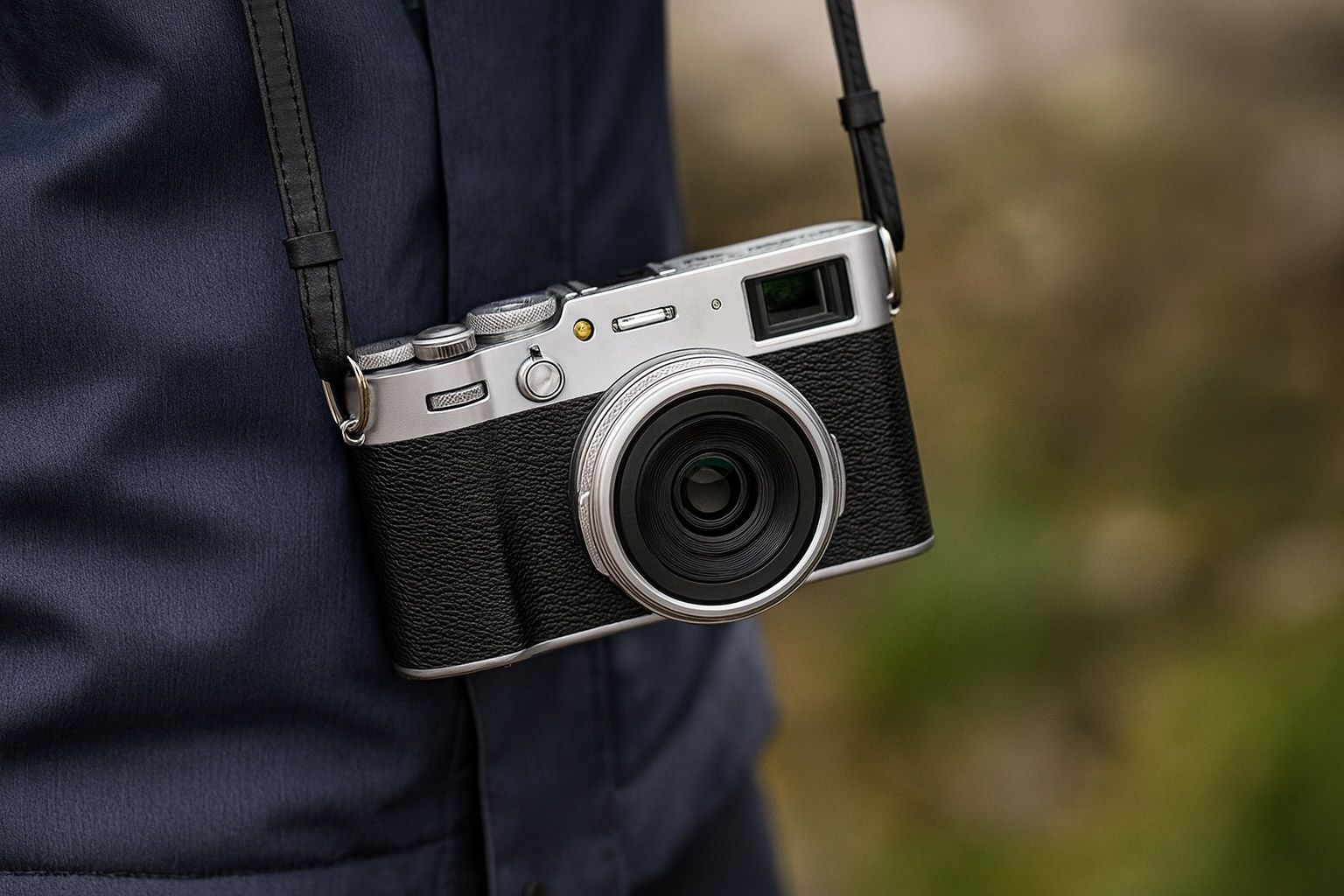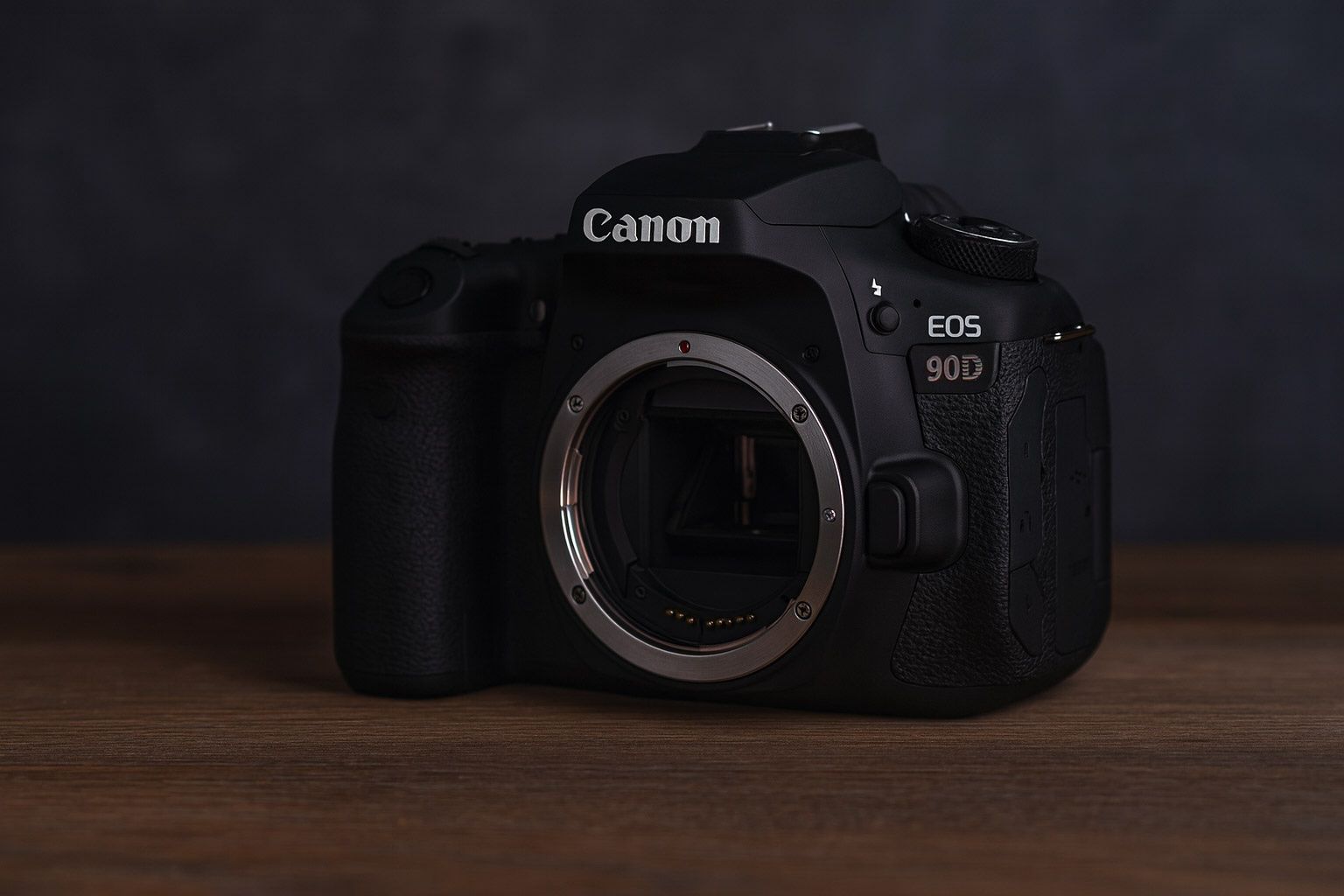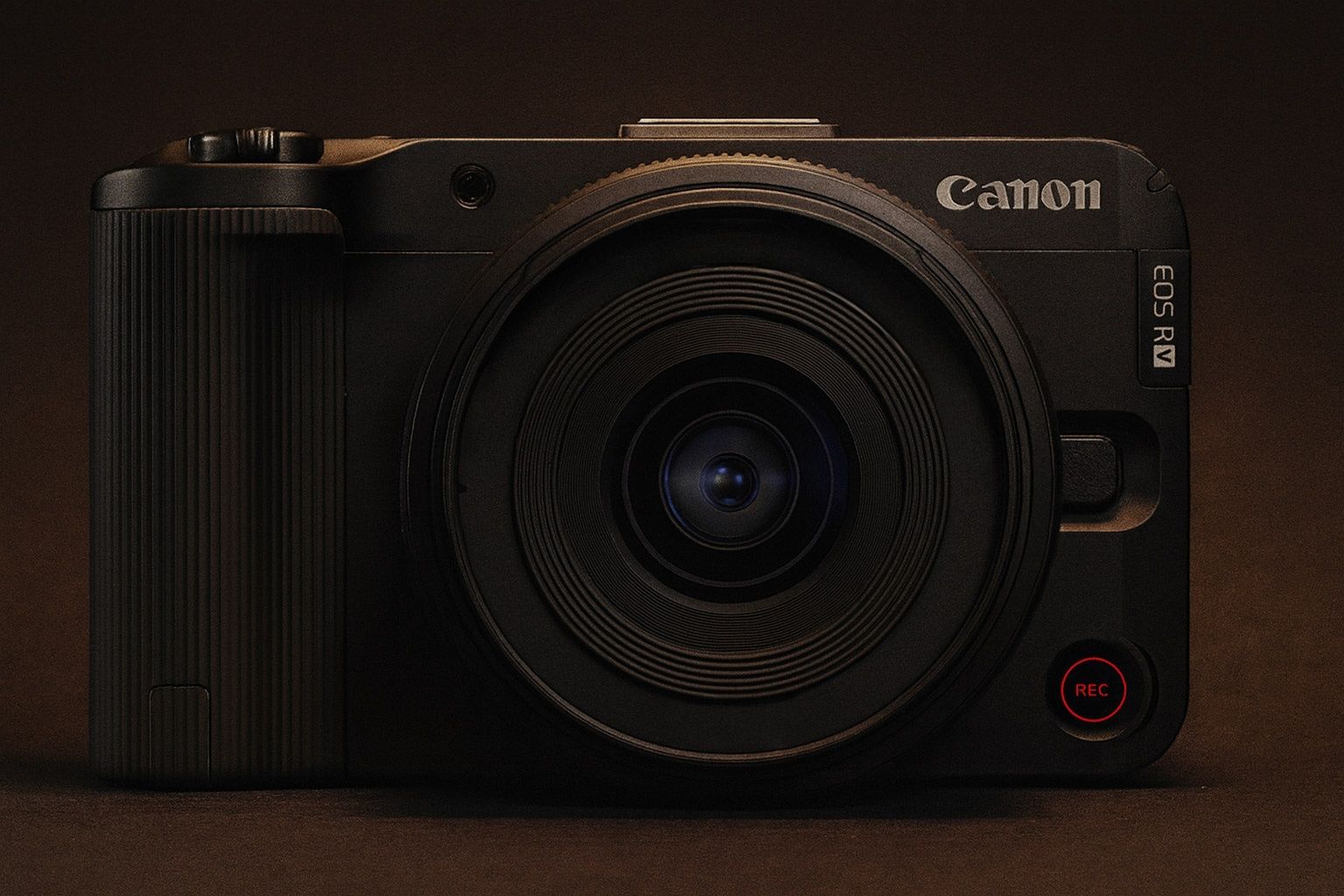
Canon EOS R50 V: Canon’s New Budget Vlogging Beast or Bust?
Key Facts about the Canon EOS R50 V Meet the EOS R50 V – Canon’s Video-Optimized Tiny Camera Canon’s EOS R50 V is essentially Canon’s answer to Sony’s ZV series and other “creator” cameras. It takes the beginner-friendly EOS R50
